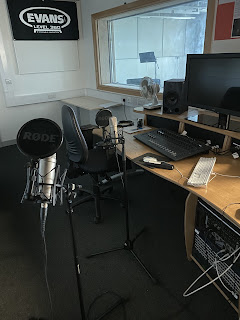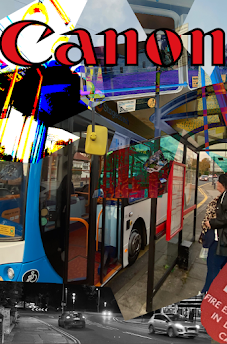Podcast production documentation
The production process of the creating a smile campaign Podcast was quite simple as I asked a classmate of mine called Matthew Bainbridge to be involved in the process and I and him both started to think of what we both do to reduce stress in our lives so we could match the company Minds goals for the smile campaign as they want to reduce stress in the UK population through the idea of slowing down and enjoying things and smiling.
I first began this process by booking time to a recording studio in Sunderland college. The reason I needed this is so that I would have enough time to record the podcast along with having time to set up all of the equipment and and also so that when recording the audio for the podcast there wouldn’t be any annoying background noise as the rooms in the recording studios have very dense walls and density foam that helps with blocking out background noise that could be intrusive to the podcast I was trying to create. Also having the recording studio helps with letting my guest on the podcast relax and overall better for the podcast.
What me and Matthew came up with is that we both enjoyed talking about films we are interested in talking about films we are either passionate about and we are also like to speak about either video games we are interested in before they release and films we are both excited to watch in the future.With these ideas I created bullet points on topics we are planning to talk about like the newest superhero films that are coming out such as the newest Batman film and Marvel projects like the newest shows that where premiering on Disney plus.
To start recording we first set up the microphone which is a Rode N1-1A. This microphone is great for picking up our voices and not a lot of background noise. The also added a pop filter to The microphone which helps remove The popping sounds like when people pronounce the word P without a pop filter it can spike the audio and make for a bad podcast. I plug the microphone into a stage box which runs the AVID Venue system to the Capture the sound in Logic pro X. What this means is that we talk into our microphones and the audio instantly gets transported into the program Logic Pro x and lets both microphones have their own tracks on Logic Pro X making it easier to edit in the post production process.




Comments
Post a Comment